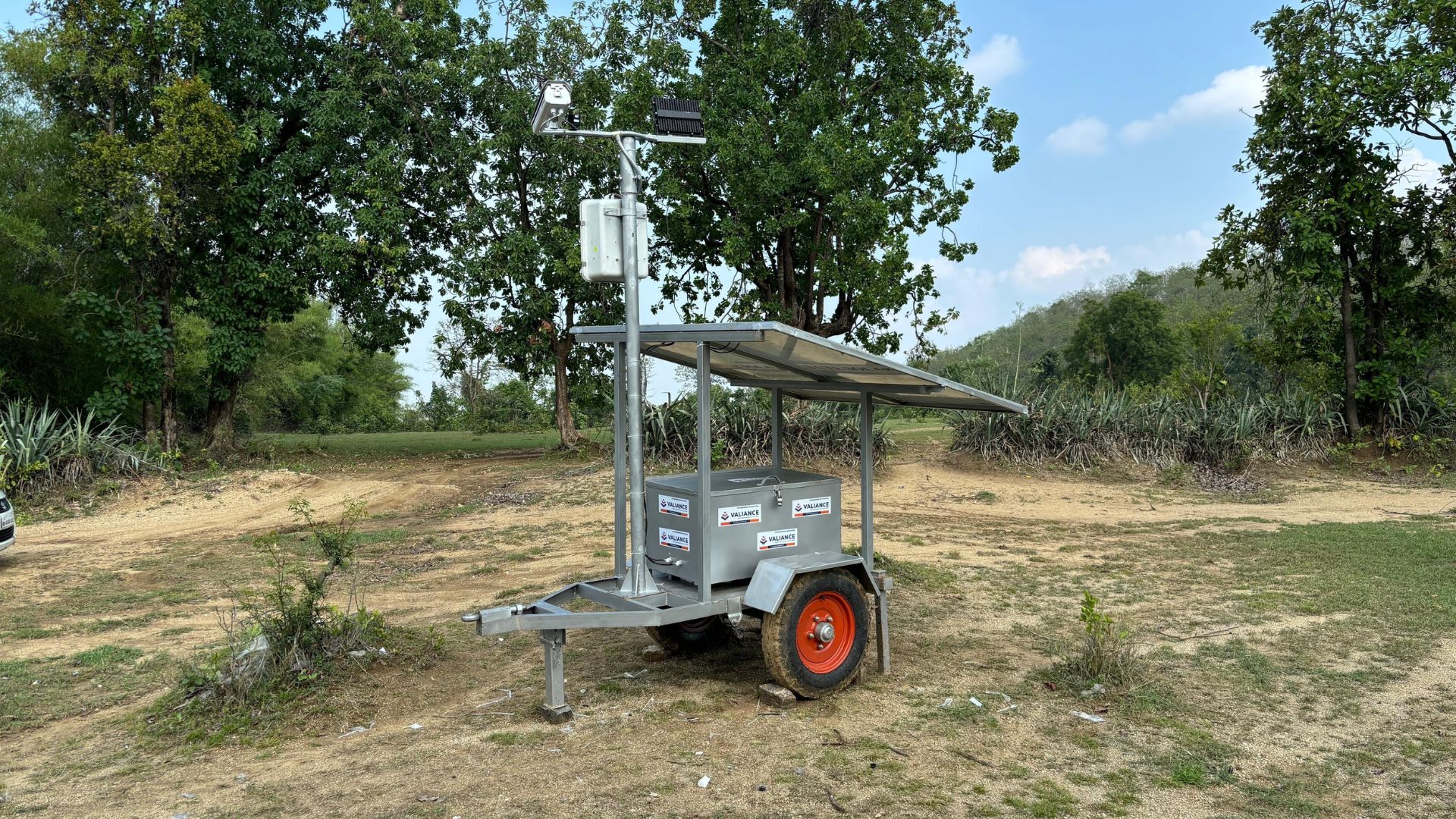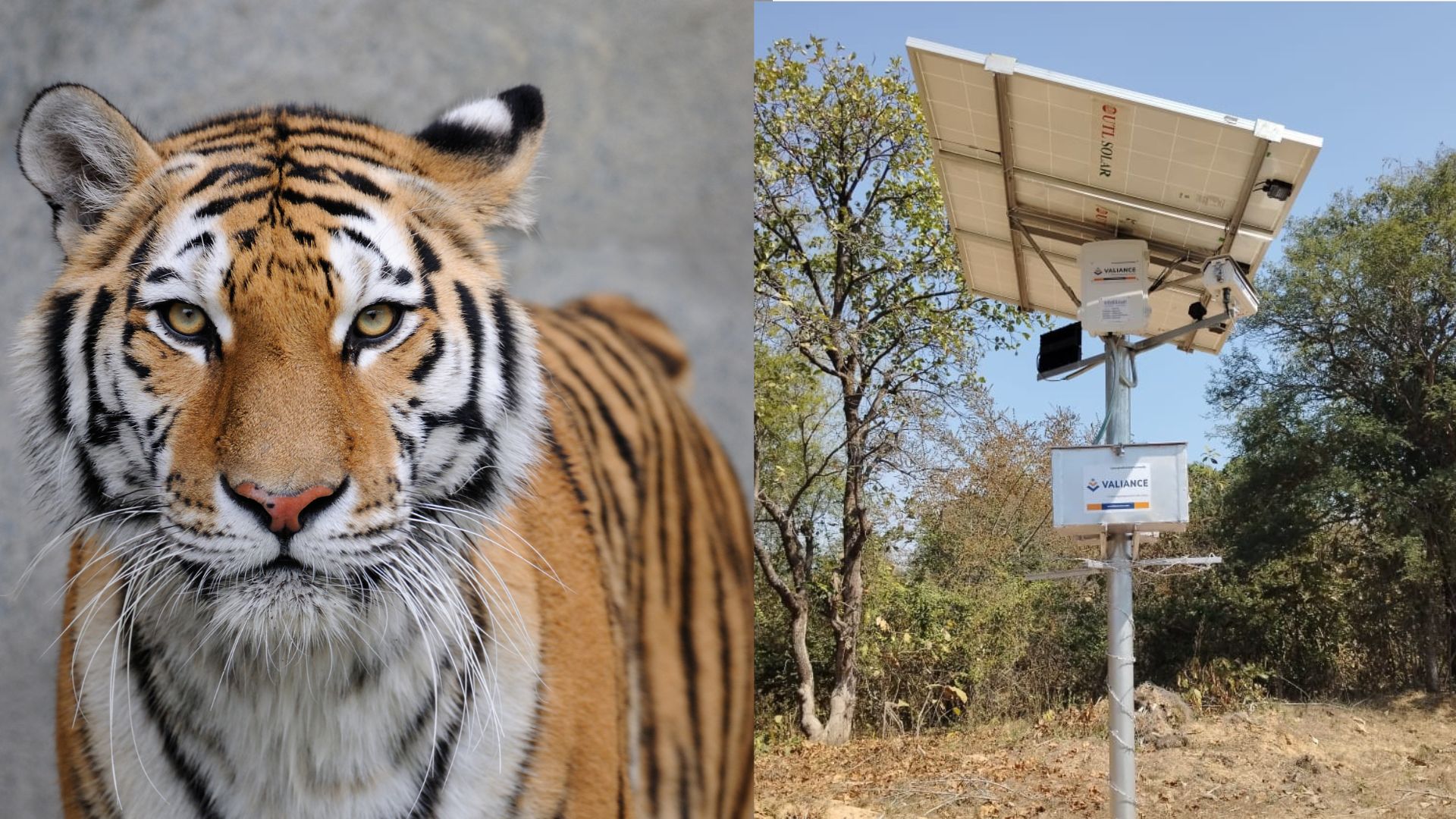Client Background
Client is a pan India Private life insurer following a multi-channel distribution strategy with a vision to help people plan their life better. It has been offering a suite of insurance products and investment plans through digital and offline channels since its inception in 2008.
Life Insurance products are long-term products meant to cover the risk of untimely death of an insured person or allow an individual to build wealth for future needs. Such needs can be child’s education, child marriage or savings for retirement. Wealth Builder plans can be market linked like ULIPS or can offer fixed rate of return through the period.
Most of the plans have minimum premium paying term of 10 years with pure term plans going as high as 35 years. These plans have been traditionally been sold through agency channel where agents get in touch with prospective customers and explain those benefits of the plan. Agents, in turn, are offered fixed percentage of commission for every policy sold. This commission is higher for the first year and gradually reduces over next years.
Business Objective
Persistency is a key metric through which Life Insurer measures the effectiveness of its retention strategy. For most practical purpose 1st year persistency is defined as a number of policies still in force after 1 year of acquisition and similar for 2nd-year persistency and so forth. Client’s persistency metrics (13th, 25th, 37th ) were below the industry average. Poor persistency ratios are a cause of high concern for any life insurer given the high cost of customer acquisition and market competition.
It was hence desired to understand factors behind poor persistency through the quantitative approach and recommend scientific measures to improve same. It was also expected to devise optimal renewal strategy that currently involved agent follow-ups, email reminders, SMS alerts & telephonic follow-ups.
Solution
Our team of domain experts and data scientists spent a week at client premises to understand
- Customer acquisition process & different acquisition channels along with their strength & weakness.
- Renewal strategy; how it was implemented then and whether it varied for different customer segments or not.
- Internal data fields available for study, namely, Customer Information collected during application stage, customer interaction data through emails, call logs etc, insurance product details, acquisition channel information etc.
It was observed that
- Renewal strategy was sub-optimal with premium amount as the only criteria used for pro-active reach out prioritization.
- Monthly policy renewals were of the order of 11k and call centre capacity was 12k. Assuming it takes 5 minutes for every call, a single agent will be able to make approx 1700 calls per month with a total of 21k calls across all agents. This meant an average of 2 calls per customer for renewal reminders. Optimal call centre reach out strategy across other life insurers had at least 4-5 calls at various days before renewal. This clearly meant call centre resources were stretched and we had to either increase the capacity or prioritize.
- 85% of the policy base had yearly renewal with the remainder evenly spread across monthly, quarterly, half yearly.
- There are several potential reasons for a customer not renewing the policy starting from the non-existence of customer need anymore, purchase made for wrong reasons (ex: tax savings only) without evaluating actual needs, misselling by the agent, low returns compared to the market, wrong agent practices, non-timely renewal follow-ups etc. Agent sourced policies were more proneto churn.
It was decided to have a churn score for each policy to be renewed. The score would indicate the risk associated with policy not getting renewed, higher the score, higher the risk. Valiance data science team started with looking at different customer datasets and built a single view at a policy level. Datasets included were Customer Demographics, financial product details, payment transaction history, financial product performance and customer engagement through different channels.
Each policy renewal was classified into lapse/non-lapse taking into account grace period. Further study involved
- Studying the impact of each factor on lapse event. Team created additional variables like ratio of annual premium vs income, urban/rural location category to study additional effects. Correlation studies, scatter plots were used to communicate the results.
- Multiple predictive algorithms were built using Logistic regression and Random Forest techniques. Team shared results with the client to arrive at a model that was an appropriate fit and made business sense in explaining the outcome.
- An outcome model was used to score upcoming renewals on the basis of likelihood to lapse. Scores generated for each policy coming up for renewal on monthly basis.
- Customer Segments were created on basis of churn score and Annual Premium. Contact Strategy was finalized on basis of churn score and premium at stake.
- Customers with higher churn score and premium >25k were pursued through calls and visits if needed. Customers with lower churn score and lower premium were contacted via SMS and emails. The frequency of emails and calls was adjusted as per segment.
Outcome
- Optimal renewal strategy was developed for customer segments basis churn score and premium amount. High churn score and high premium amount were proactively reached out by agents. Low score, low premium amount customers were sent email & SMS reminders only.
- Targeted retention efforts resulted in an increase in Policy Persistency by 20% over 1 year with increased revenue of 3M USD.






